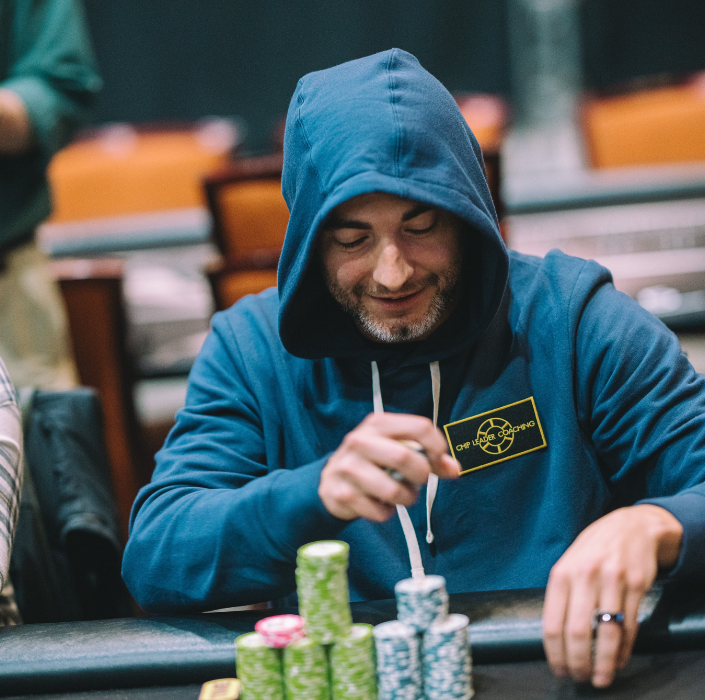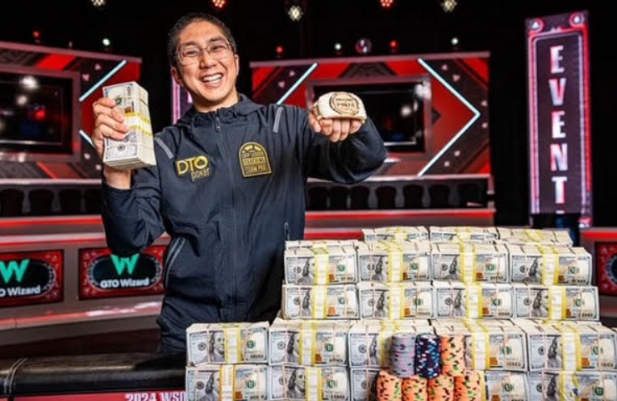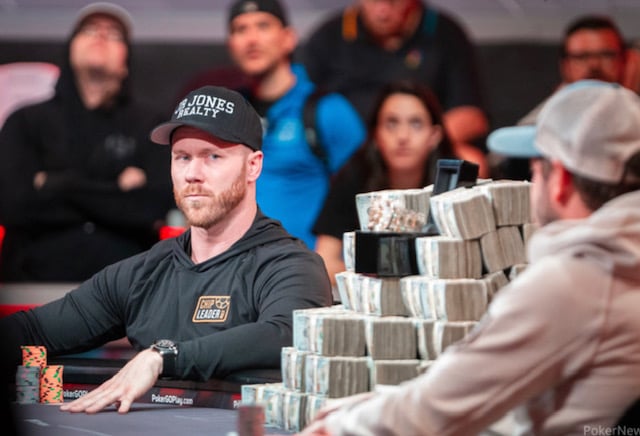
Almost every professional poker player has either staked other players or have been staked themself at one point in their career. While somewhat unknown to casual players, staking and piece buying keeps the gears of the poker financial ecosystem running.
In this article, we’ll dive into advanced poker staking concepts and how it differs from piece buying.
1. Staking VS Piece Buying
Both staking and piece buying are ways to financially back a player in return for a share of their tournament winnings. However, they represent very different strategies, benefits and drawbacks for the backer and the player.
Staking:
Nature: This is a structured arrangement where a backer, or sometimes a group of backers, supports a player’s entry fees for tournaments.
Scope: Staking can be event-specific (example: for the WSOP) or extend across multiple tournaments. Some arrangements even span seasons or years.
Depth: Beyond mere financial support, staking often envelops a mentor-mentee dynamic. Backers often provide coaching, emotional support, and insights, especially if they’re poker professionals themselves.
Piece Buying:
Nature: Think of it as purchasing stock in a company, except the ‘company’ here is a player’s performance in a particular tournament.
Flexibility: It’s a more fluid form of backing, allowing multiple individuals to buy ‘shares’ in a player’s tournament action. These shares then correspond to winnings proportionally.
Risk: The risk for the backer is significantly less as they are only investing in one tournament unlike an extended backing relationship.
While staking implies a more profound commitment and relationship, piece buying is relatively transactional, offering flexibility to both players and investors.
2. Biggest Points to Consider When Staking a Player
When it comes to staking or piece buying for a player, due diligence is critical. Here are some key considerations:
Performance History: Delve into their tournament results – are they consistently making deep runs or mainly min-cashing? With the majority of the money at the very top of tournaments, the only way to show a positive ROI from staking or piece buying is investing in a player that knows how to make the final table and close tournaments.
Work Ethic: A dedicated player should be consistently honing their skills. Look for signs of them engaging in training courses, studying hand histories, or seeking mentorship.
Resilience: Assess their bounce-back capability from downswings and bad beats. It speaks volumes about their mental strength and commitment.
Personality and Integrity: Open channels of communication are crucial. Gauge how transparently the player discusses past results, staking deals, or any disputes.
Reputation: Talk to peers, previous backers, or industry insiders to get an insight into the player’s character and reliability.
Does the player have a history of paying people on time or do they make excuses?
Agreement Terms:
Clarity: Every detail, from profit splits to duration and potential exit clauses, should be clearly outlined and mutually agreed upon. Every agreement should be written down and signed by both parties – never rely on handshake deals.
Flexibility: While clarity is vital, the agreement should have provisions to renegotiate terms, especially for long-term deals, to account for changing circumstances.
Game Selection: Assess the tournaments or games the player intends to participate in. Some tournaments might offer higher returns but come with greater volatility.
How big is the rake of the proposed events?
What is the strength of the player VS the field in the proposed events?
3. The Biggest Pitfalls of Staking
With rewards come risks. Here are the major pitfalls to be wary of in poker staking:
Objective Decision Making: While it’s natural to become emotionally attached, especially after a big win, backers need to remain objective in their evaluations and decisions.
Avoiding Tilt: Just as players can go on tilt, backers can too, especially after a series of losses. It’s crucial to avoid hasty decisions driven by emotions.
Incomplete Agreements: A vaguely defined agreement can lead to disputes that might necessitate legal intervention. To avoid this, backers should consider formal contracts, especially for significant amounts.
Short-Term Fluctuations: A few bad tournaments shouldn’t overshadow a player’s long-term potential. Consistent evaluation over time provides a clearer picture.
Ignoring Red Flags:
If a player frequently changes backers, avoids transparent communication, or has disputes with previous stakeholders, these are red flags that shouldn’t be ignored.
Underestimating Variance: Backers and players both frequently underestimate the variance of large field poker tournaments. This can lead to backers having to keep putting up money if the horse gets deeper into make up. If the backer cannot afford to keep paying for the player’s buy-ins, then the backer risks having to drop them from the staking agreement and losing their entire investment.









